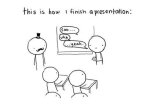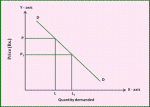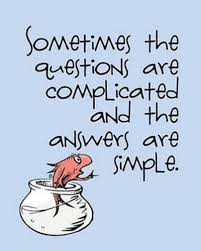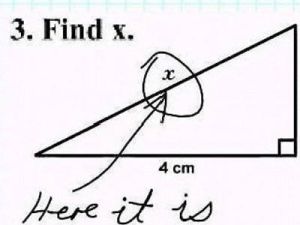A daunting academic activity given the various approaches for enunciating facts, critique, synthesising, evaluation of knowledge into words. There is often a high level of self chastise i.e. harbouring valid thoughts to communicate, but being unable to express them or manifestation of panic in examination halls:
The panacea for “wordy, incoherent, unstructured, vague…..” writing lies in regular reading and writing with the motivational goal of demonstrating sound cognitive skills:
Assessor stamp of approval:
” A well structured piece of writing punctuated with good flow of ideas, logical reasoning , effective application of concepts and drawing of conclusions”
An academic essay main structural components consists of:
- Introduction with thesis statement
- Body paragraphs with topic sentences
- Conclusion
http://www.learningskills.canterbury.ac.nz
Apply transitions for seamless flow of thoughts in your writings:
Transitions are phrases or words used to connect one idea to the next, linking sentences, paragraphs and sections for guiding the reader.
http://www.flinders.edu.au/slc_files/Documents/Brochures/linking_words_phrases.pdf
What does the Assessor look for ?? A great essay will be savoured with relish should it be flavoured with awesome ingredients:
http://www.princeton.edu/writing/university/resources/elements.pdf.
For poorly written essays:
The three main categories of academic essays are:
- Descriptive / Narrative – its purpose is to provide facts or information. An example would be a summary of an article or a report of the results of an experiment.
http://depts.gpc.edu/~gpcltc/handouts/communications/narrativeessay.pdf
- Expository – to describe, analyse or explain a concept or theory i.e. motivational theories, marketing 4P…
http://www.grossmont.edu/marilyn.ivanovici/writingguides/0-elements.nolines.PDF
- Argumentative – presents an argument through reasoning and the use of evidence.
https://twp.duke.edu/uploads/media_items/argument-essay.original.pdf
A selection of further readings:
National University of Singapore
http://www.nus.edu.sg/celc/research/books/cwtuc/chapter01.pdf
http://www.learnwithus.southampton.ac.uk/academicSkills/pdfs/hammering_the_prose.pdf






















